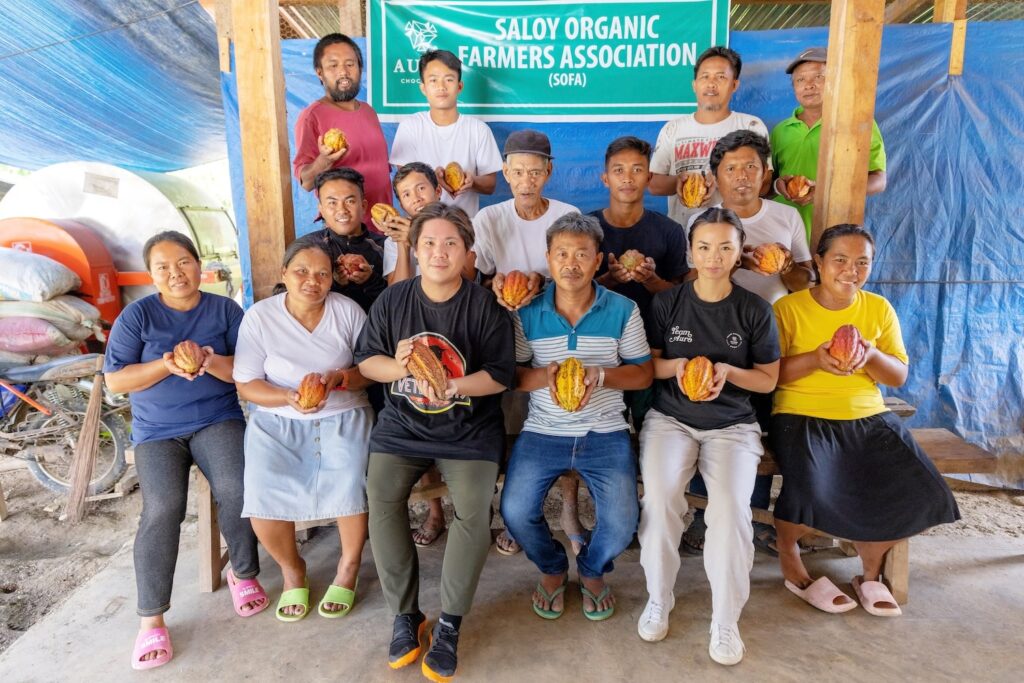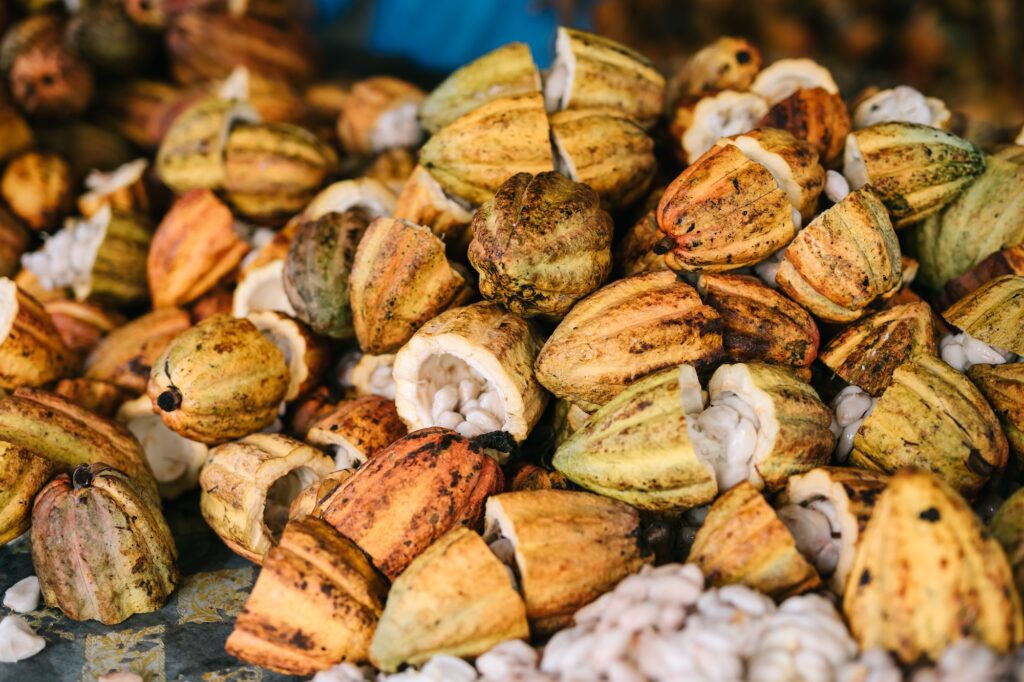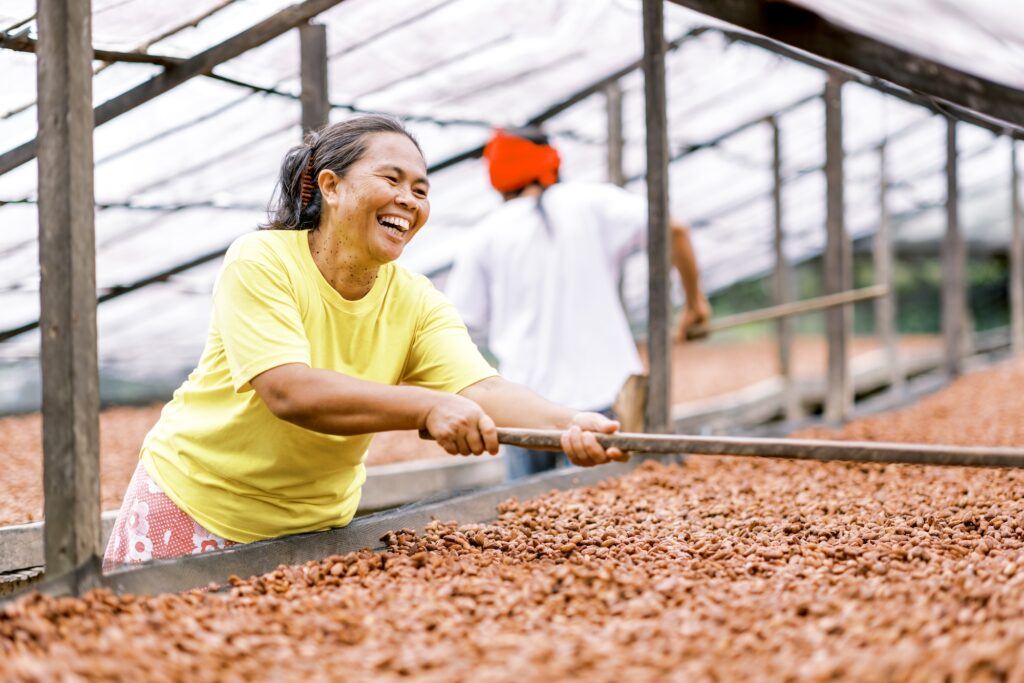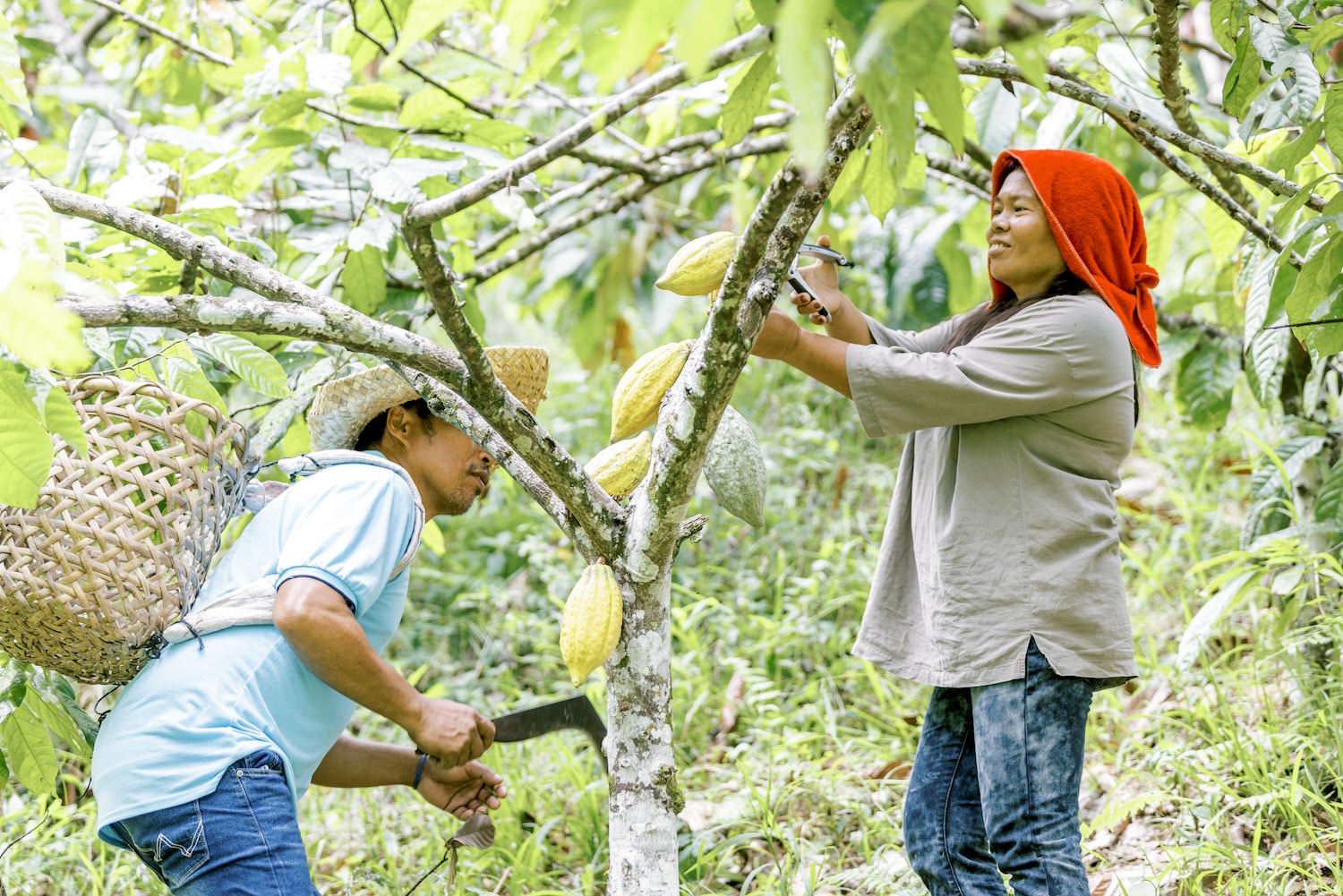Auro Chocolate, in collaboration with the Saloy Organic Farmers Association (SOFA), won the silver award for the APAC region at the Cacao of Excellence Awards 2023.
Based in Saloy, Calinan District, Davao City, Davao del Sur, SOFA is one of the partner communities that work with Auro. They have established their people’s organization to further develop their organic farming capabilities under the brand’s Organic Conversion Program (OCP), an initiative launched to support and sponsor farmers as they work to gain an international organic farming certification.
Another Auro farming partner, the Paquibato Tree Developers Cooperative, was recognized for producing one of the top 20 best cacao beans in the world back in 2019.
You may also like: Auro Chocolate Cafe proves you can put chocolate in *everything*
While renowned locally for their innovative chocolates, wide selection of giftables, and the BGC flagship store that serves as a point of reference for Filipino ingenuity, their track record proves that their success goes far beyond their products alone. But this begs the question: What makes award-winning cacao beans?
Auro’s tree-to-bar approach to their chocolate-making process

One of the things that Auro prides itself on is their sustainability initiatives. Auro directly sources cacao beans from the farmers themselves. They currently collaborate with eight cacao-producing cooperatives and organizations, representing over 4,400 families across 1,000 hectares of farmland.
This approach essentially eliminates middlemen, shortens the supply chain, and improves farmers’ income; the cacao beans are also purchased with an additional 10 to 15 percent premium above the International Cocoa Organization (ICCO) world market price (based on their latest sourcing report).
According to the ICCO, the benchmark market in New York is forecasted to price cacao at $4,382 per ton for March 2024.
The cacao journey

So how do cacao beans transform into the wonderful chocolate bars many know and love? According to Auro, the process is as follows:
- Harvesting – Fully ripened pods are harvested from trees.
- Fermentation – Wet cacao mass is fermented in wooden boxes for four to six days.
- Solar drying – The beans are placed on a solar dryer to remove moisture.
- Sorting – The cacao is carefully examined to sort out quality beans from non-quality ones.
- Roasting – The beans are roasted to enhance flavor and eliminate bacteria.
- Winnowing and grinding – The beans’s outer shell is removed and the remaining nibs are ground till smooth and silky.
- Conching – The cacao is mixed with other ingredients and then conched—a process where chocolate is mixed for hours and at high temperatures to eliminate remaining moisture and acidity, and deepen its flavor.
- Tempering – The process of slowly heating and cooling chocolate to produce a smooth, shiny finish; tempered chocolate produces a snap when broken while untempered chocolate does not break cleanly.
- The finished product.
But outside the abovementioned benefits of working directly with farmers is an opportunity to have a level of access and control over how the cacao is processed.
“Our direct partnership with farmers allows us to implement a specialized protocol, developed and crafted together with [Dr. Zoi Papalexandratou of Zoto Cocoa Consultancy in Belgium], to bring forth the distinct notes and flavors inherent to our cacao,” says Mark Ocampo and Kelly Go, Auro Chocolate founders and managing directors.
The local, unique, and quality cacao of Auro Chocolate

According to Ocampo and Go, “cacao beans, much like coffee, exhibit distinct characteristics influenced by various factors, including origin, climate, and cultivation practices. The Philippines, being a tropical country with diverse produce and fertile lands, contributes to the unique qualities of our cacao.”
You may also like: Filipino chocolatier earns golden ticket to EU market
For example, their Mana blend, which is harvested from Saloy in Davao exhibits notes of purple flowers, cherries, rum, caramelized apple, sweet banana, sweet pumpkin, and cashew apple.
Meanwhile, their Paquibato blend, which originates from farms neighboring Saloy, showcases notes of forest valley flowers, dark honey, caramelized nuts, peach, and citrus.
“Our meticulous process, from roasting to tempering, allows us to unlock and showcase the distinctive flavors of Philippine cacao on the global stage,” shares Mark Ocampo and Kelly Go of Auro Chocolate.
“Throughout the farming phase, we collaborate closely with farmers, providing training and support to ensure the production of high-quality cacao beans. In our factory, each batch undergoes distinct post-harvest procedures tailored to the nuances of every chocolate bar. Our meticulous process, from roasting to tempering, allows us to unlock and showcase the distinctive flavors of Philippine cacao on the global stage,” shares Ocampo and Go.





